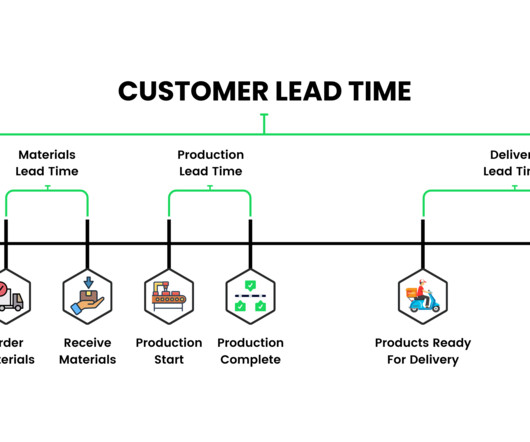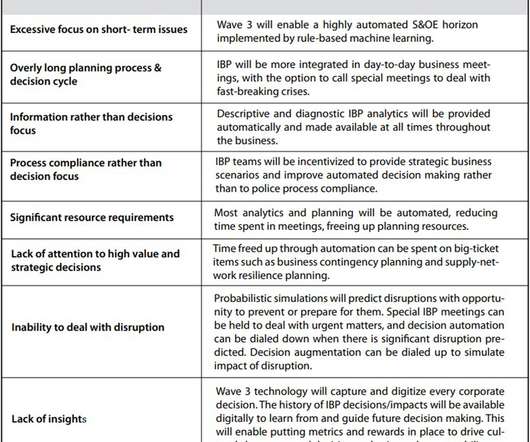Adapting Supply Chains to the Digital Retail Revolution
SCMDOJO
DECEMBER 28, 2023
In the era of the Digital Retail Revolution, adaptive supply chain management is imperative amid the surge in online retail and the social commerce boom. The complexity of the e-commerce landscape is compounded by the presence of multiple sales channels, posing challenges to efficient management.






















Let's personalize your content